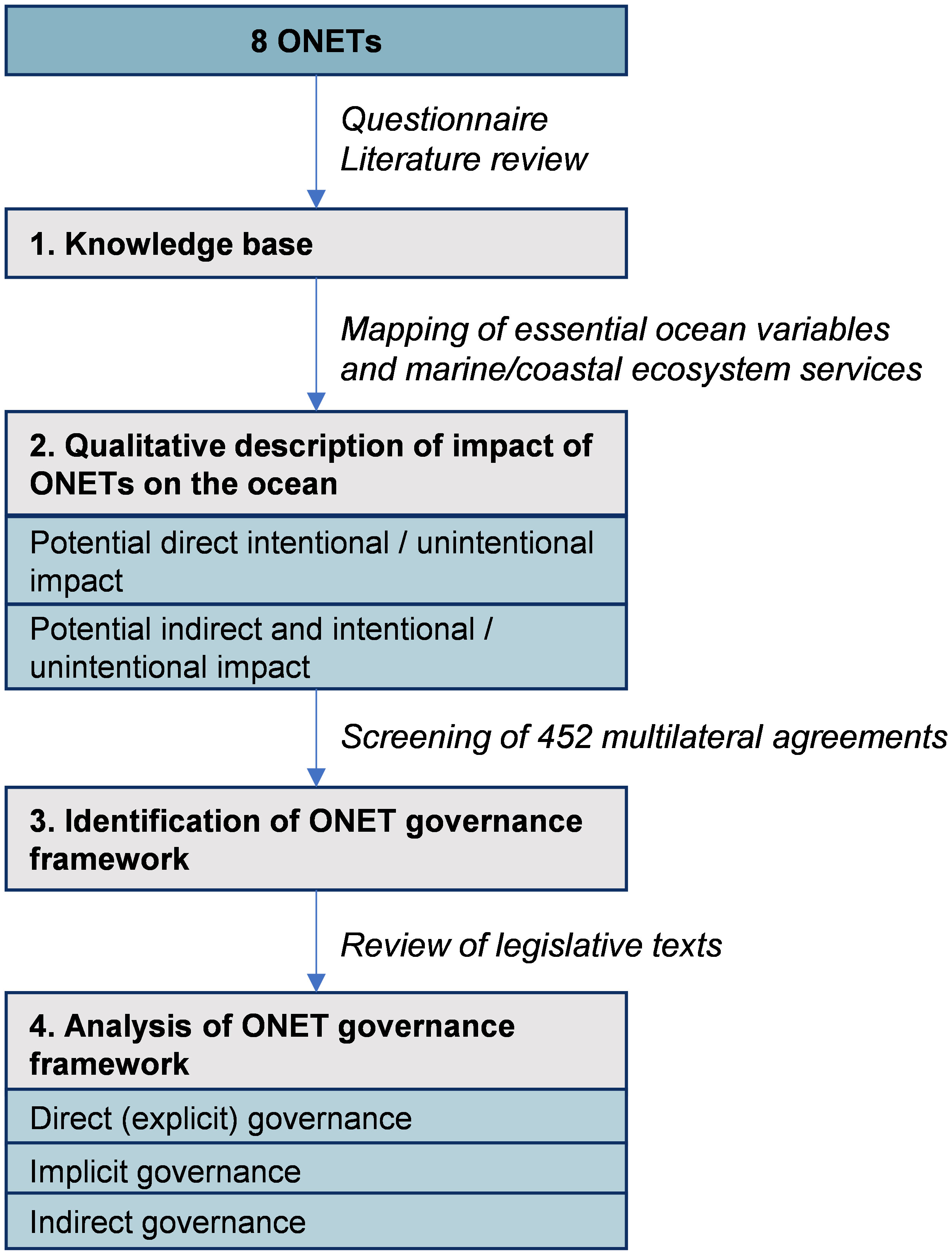2023-08-29 ノースウェスタン大学
◆この方法は、無毒で環境に優しい触媒を使用し、加熱中にジルコニウム系の触媒と発泡剤を導入することで、ウレタンフォームを同時に再処理して「再発泡」させる化学反応を利用しています。このリサイクルされたフォームは耐久性や構造的、化学的な完全性を保ちました。この新しいプロセスは、将来の経済においてサーキュラーライフサイクルを持つプラスチックを作成する重要な一歩であり、温室ガス排出削減、エネルギーの節約、埋立地利用の低減に寄与することが期待されます。
<関連情報>
- https://news.northwestern.edu/stories/2023/08/novel-recycling-process-gives-old-plastics-new-life/
- https://pubs.acs.org/doi/10.1021/acs.macromol.3c01116
- https://onlinelibrary.wiley.com/doi/10.1002/adma.202305387
熱硬化性ポリウレタンの再処理のためのグリーン触媒 Green Catalysts for Reprocessing Thermoset Polyurethanes
Molly Sun, Daylan T. Sheppard, Jacob P. Brutman, Alaaeddin Alsbaiee, and William R. Dichtel
Macromolecules Published:August 27, 2023
DOI:https://doi.org/10.1021/acs.macromol.3c01116
Abstract

Polyurethane (PU) thermosets are usually landfilled at the end of their service lifetimes and cannot be recycled through conventional means. Although dibutyltin dilaurate (DBTDL) is an effective catalyst for reprocessing PU thermosets, organotins are immunotoxic and teratogenic, which is concerning for catalysts embedded within covalent adaptable networks (CANs). Here, we identify Zr(acac)4 and Zr(tmhd)4 as catalysts to reprocess PU CANs more sustainably. Thermoset PU foams containing Zr-based catalysts exhibit characteristic stress relaxation times between 6 and 200 s, similar or faster than DBTDL. These catalysts are capable of reprocessing a PU foam for four or five cycles. Dynamic mechanical thermal analysis indicates that zirconium-based catalysts preserve glass transition temperature and crosslink density between cycles and are promising catalysts for bulk reprocessing of thermoset PUs. Furthermore, a solvent-free reprocessing method was developed by co-milling the PU foam and the Zr catalyst. Ultimately, these reprocessing methods using Zr-based catalysts will impart greater sustainability and circularity to PU plastics.
熱硬化性ポリウレタンフォームの循環型再加工 Circular Reprocessing of Thermoset Polyurethane Foams
Subeen Kim, Kelvin Li, Alaaeddin Alsbaiee, Jacob P. Brutman, William R. Dichtel
Advanced Materials Published: 07 August 2023
DOI:https://doi.org/10.1002/adma.202305387
Abstract
Thermoset polyurethane (PU) foams are widely used in industrial applications, but they cannot be recycled by conventional melt reprocessing because of their cross-linked structures. The introduction of carbamate exchange catalysts converts thermoset PU into covalent adaptable networks (CANs), which are amenable to reprocessing at elevated temperatures. However, this approach has produced solid PU films, which have fewer uses and lower commercial demand. Here, we demonstrate simultaneous reprocessing and refoaming of thermoset PU foams by leveraging the melt-processability of PU CANs and allowing cell growth by gas generation in a twin-screw extruder. The optimal operating temperature of the refoaming process was determined through chemical, thermal, and structural analysis of PU foam extrudates. The foam-to-foam extrusion process produced controllable, continuous, and uniform foam structures, as characterized by cell diameter and cell number density. Low-density PU foams were obtained through a process simulating injection molding. The compression properties of reprocessed PU foam were compared with as-synthesized PU foam to demonstrate efficacy of the refoaming processes. These results demonstrate that PU foams can be prepared through recycling while maintaining microstructural and chemical integrity. In the future, this strategy might be applied to thermoset PU foams of various chemical compositions and shows promise for scalability.



